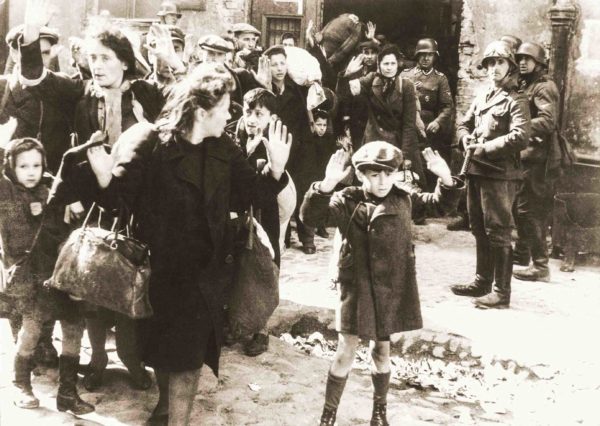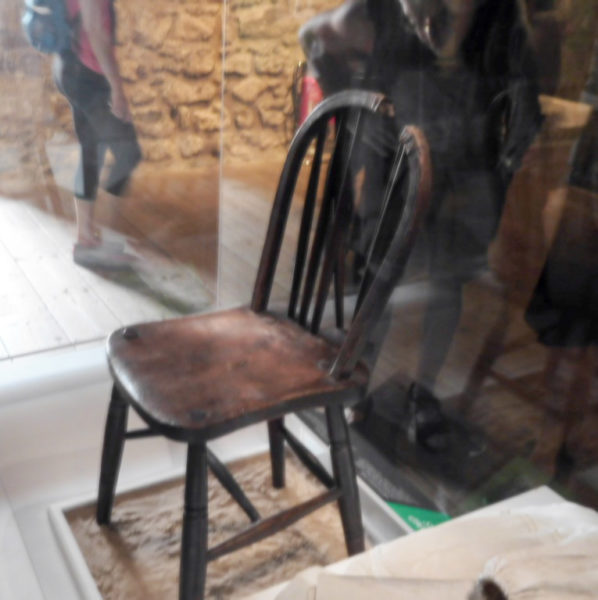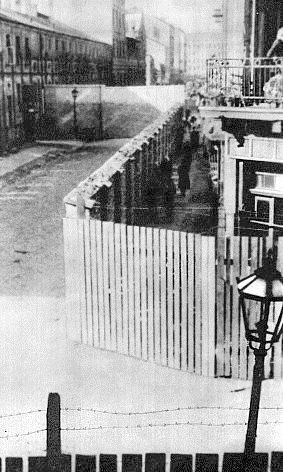There are many iconic images of World War II. One of them is a 1943 photograph of women and children exiting a bunker during the Warsaw Ghetto Uprising with their hands raised in surrender led by a little boy. Off to the side, holding his machine gun on them, stands SS–Rottenführer Josef Blösche. He was serving as a policeman in the Warsaw Ghetto during the monthlong uprising and according to post-war testimony, carried out his daily duties with such cruelty that Blösche earned the nickname, “Frankenstein.” It also earned him the death sentence twenty-six years later.

Did You Know?
Did you know that the last person executed in the Tower of London was a Nazi spy named Josef Jakobs (1898-1941)? Parachuting into England on 31 January 1941, Jakobs was immediately arrested by the Home Guard. They knew he was coming because the authorities had been tipped off by a double agent working for British intelligence under Operation Double Cross [Read The Double Cross System here]. Found guilty of spying, Jakobs was executed by a firing squad (he was condemned as an enemy combatant and therefore, not hanged). Jakobs’s granddaughter, Giselle Jakobs, began researching her grandfather’s story in the early 1990s. As classified documents were released to the U.K. National Archives, Giselle was able to piece together the story of Josef’s life including his allegiance to Nazi Germany. It was not a pretty story, but it did provide some sort of closure for Giselle as well as for her father, Josef’s son. Her book, The Spy in the Tower: The Untold Story of Joseph Jakobs, the Last Person to be Executed in the Tower of London is available through Amazon.com.

The Warsaw Ghetto
Prior to World War II, a quarter of Warsaw’s population were of the Jewish faith. Immediately after the German invasion in 1939, Polish Jews were subjected to the Nazi anti-Jewish laws. In November 1940, the Germans established the Jewish ghetto in Warsaw, and it became the largest ghetto in any of the Nazi occupied countries. More than 400,000 Jews were required to live within the 1.3 square mile area surrounded by a ten-foot-high wall topped with barbed wire. The actual size of the ghetto decreased over time as the population declined due to deportations, executions, and death through disease or starvation along with the deliberate destruction of the ghetto by the Nazis. Beginning in the summer of 1942, approximately a quarter million of the Jews living in the ghetto were rounded up and deported fifty miles to the northeast of Warsaw to the Treblinka extermination camp.

